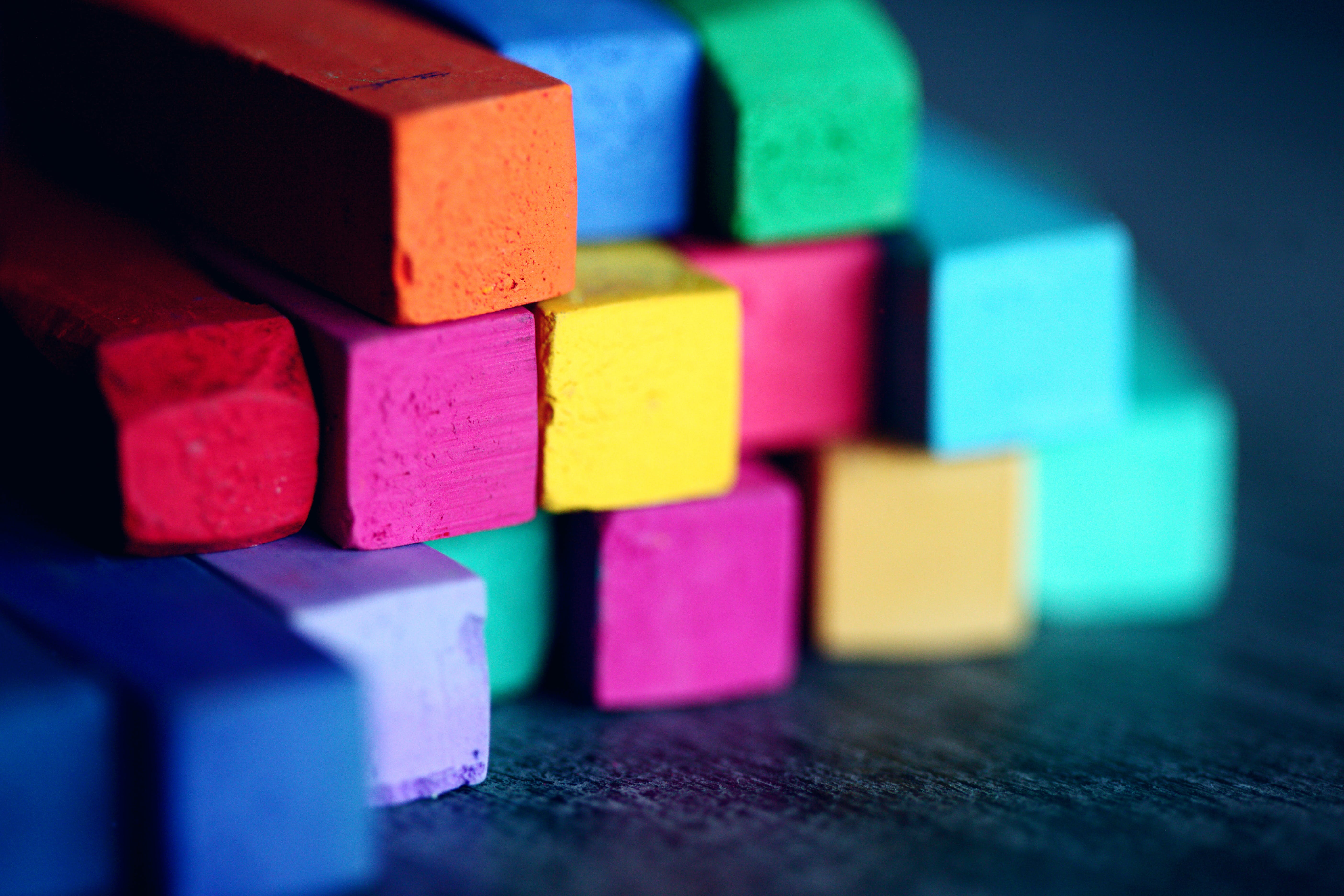Introduction
Instructions
The section consists of different components:
(a) For problems: Enter the answers in the blanks provided and use the forward button to proceed further with the respective question.
(b) For buckets: Drag the element and place it in the correct category. After all elements have been placed, the incorrect answer get highlighted in red.
(c) Equation blanks: Upon clicking on the blank, you will be provided with a variety of algebraic operations. Use these operations to enter the appropriate answer. For example: To enter perimeter of rectangle, 2(l + b), we need to put '2x(l+b)'. Make sure to use the bracket to be clear about the entities that are getting operated on.
From the earlier classes we know that: for a closed plane figure, the perimeter is the distance around its boundary and its area is the region covered by it.
We have also found and worked with the area and perimeter of various plane figures such as triangles, rectangles, circles etc. In area, we have discussed the formulae for rectangular shapes.
In this section, we will be going on further into the perimeter and area of other plane closed figures like quadrilaterals.
We will also discuss the surface area and volume of solids such as cube, cuboid and cylinder, all of which are some of the most commonly seen 3D shapes in our physical world.

The study of the measurement of dimensions, surface area and volume is known as mensuration. This allows us to understand the physical materials around us better.

Metal equipment manufacturing

Playing block

Coloured material
